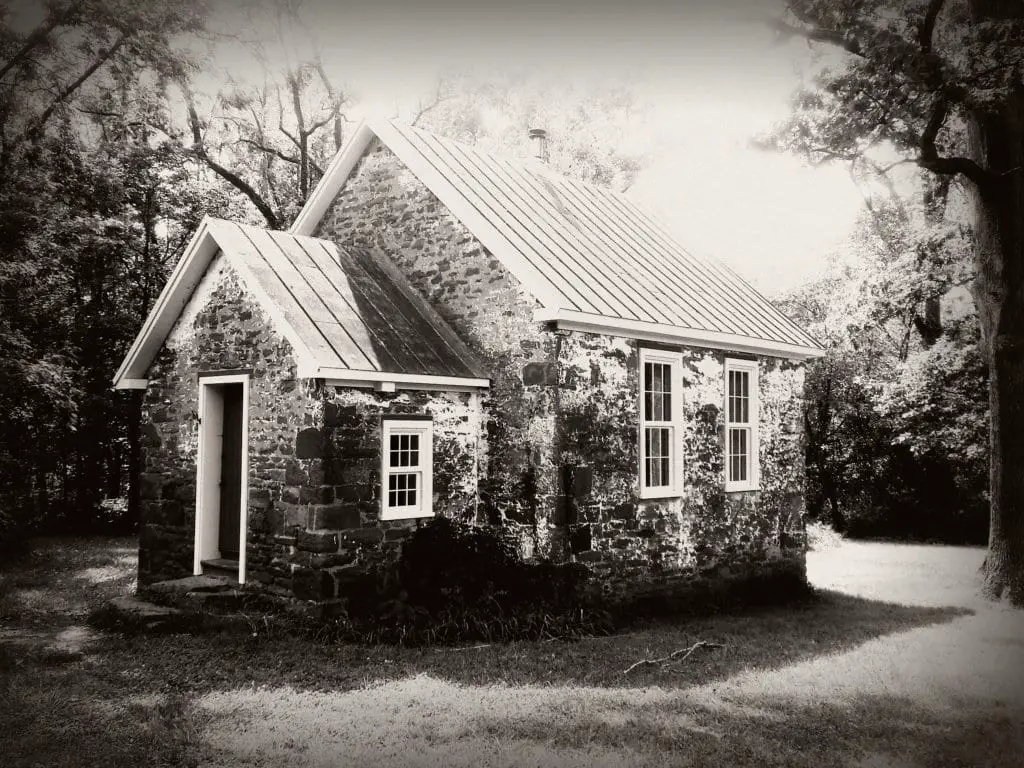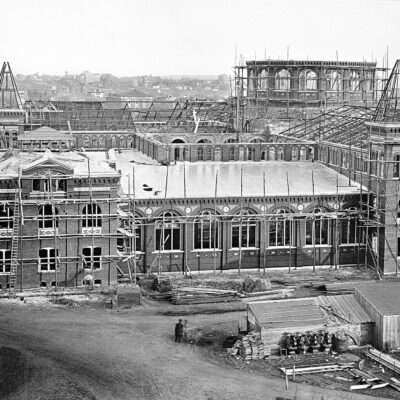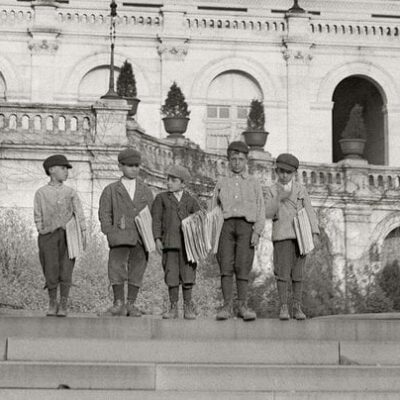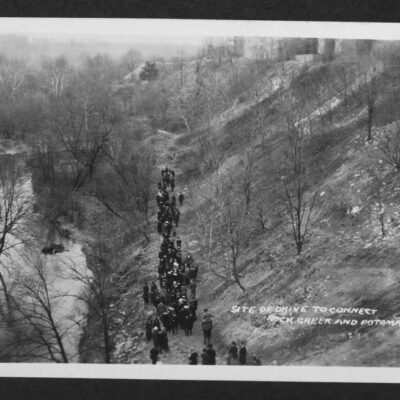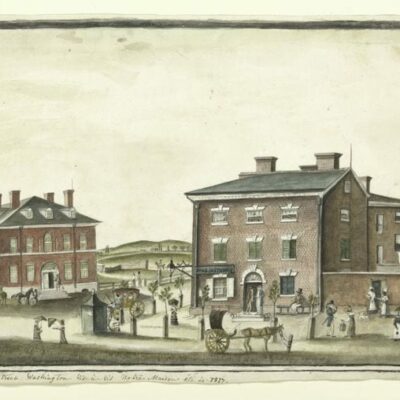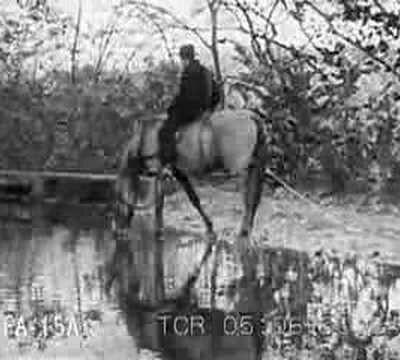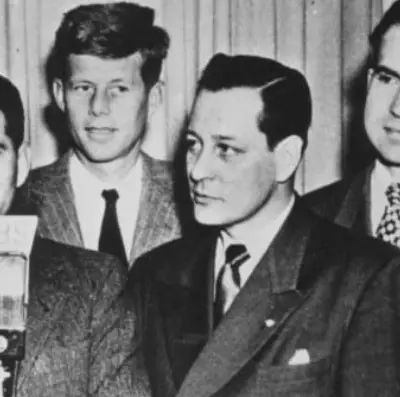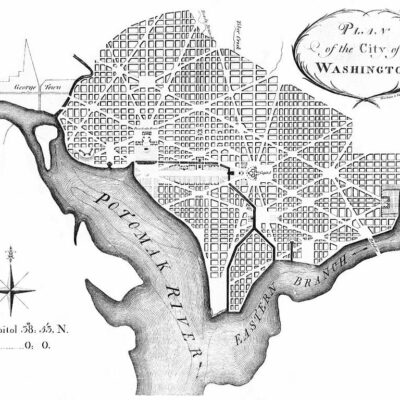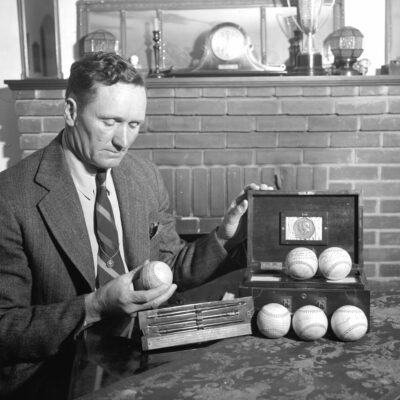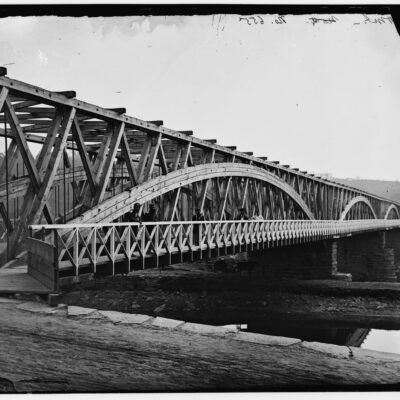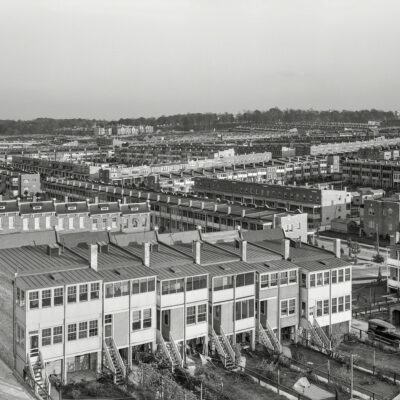I was out for a drive the other day, driving from Leesburg through Point of Rocks, Maryland. The route home took me down River Road, out in western Montgomery County. First, if you haven’t been out there, you need to go there, because it’s beautiful. It is impressively well-preserved and still quite rural. I was only 20 miles from home passing farms on both sides of the road.
Zipping down River Road, on the right, I flew by the sign below. I had to check this out.
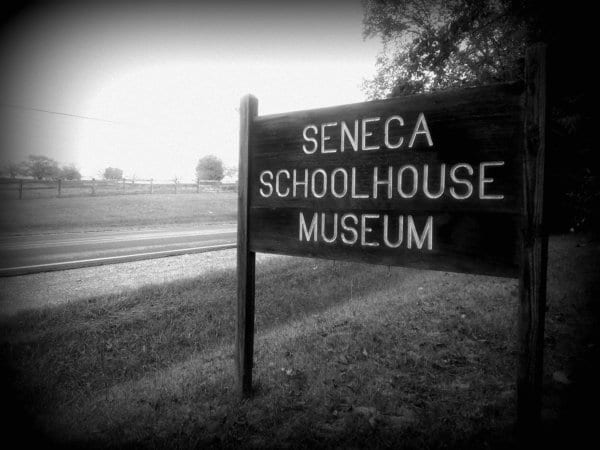
I pulled a quick u-turn and parked in the gravel driveway. This is the stuff I love and I am drawn to it like a magnet.
In front of me was an authentic 19th century one-room schoolhouse. Sadly, it wasn’t open, but I spent a while doing a loop around the building, trying to peek in the windows.
The schoolhouse museum is operated by the Historic Medley District, the local historical society, and used as a hands-on museum to provide students and visitors with a true “back in time” experience of attending class in a one room schoolhouse. The building is representative and the embodiment of education in 19th century America. Remember Laura Ingalls and “Little House on the Prairie“?
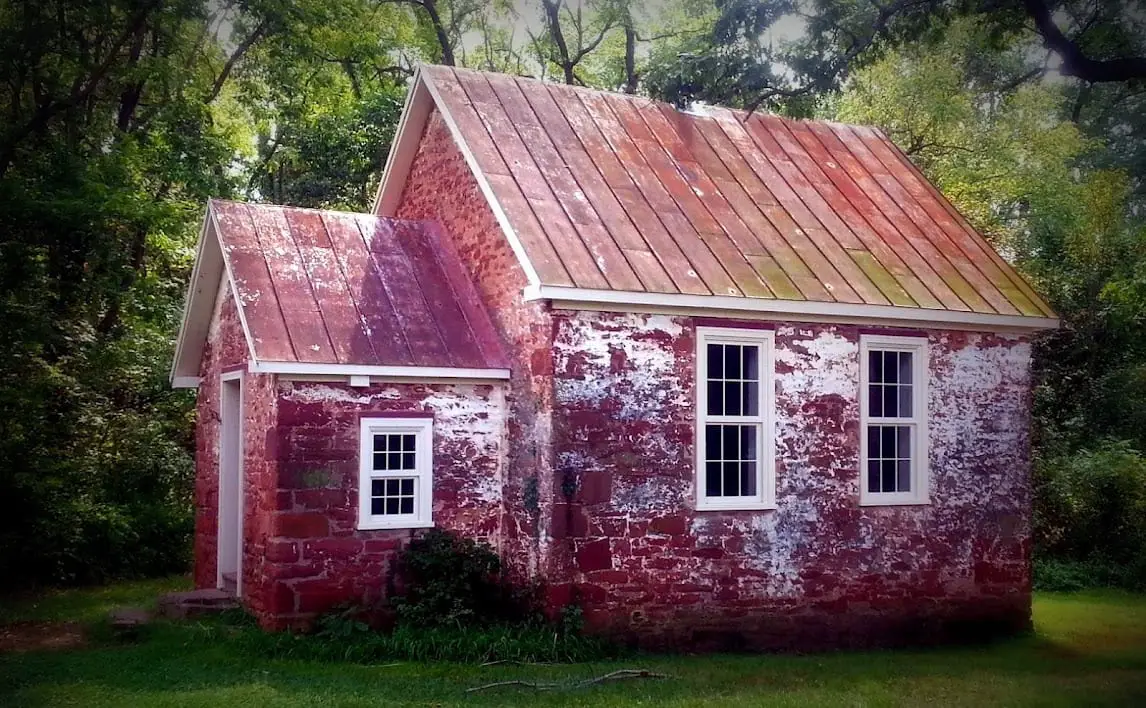
Before the Civil War, the community of Seneca, Maryland had no place for children to attend school. Upton Darby, a local farmer and miller decided to collect money from his neighbors to build a school for their children. With enough money, the Darby family donated a couple acres of their land and building materials for the schoolhouse.
According the the 1870 U.S. Census (3rd District of Montgomery County), Mr. Darby was quite well off. He had real estate holdings of $12,500 and personal property valued at $5,000. In today’s money, that’s somewhere in the neighborhood of $325,000. Not bad.

The school was built in 1866 using sandstone from the nearby quarries — the Smithsonian Castle is built from the same Seneca sandstone — for ten years, the school was run by the community. In 1876, the school was taken over by the Montgomery County Board of Education, being run as a public school until 1910, when it was shut down.
Upton Darby died the year before at the age of 87.
Thirty years later, the building was turned into a small, private residence and it remained that way until 1982, when it was turned back into a schoolhouse museum by the Historic Medley District.
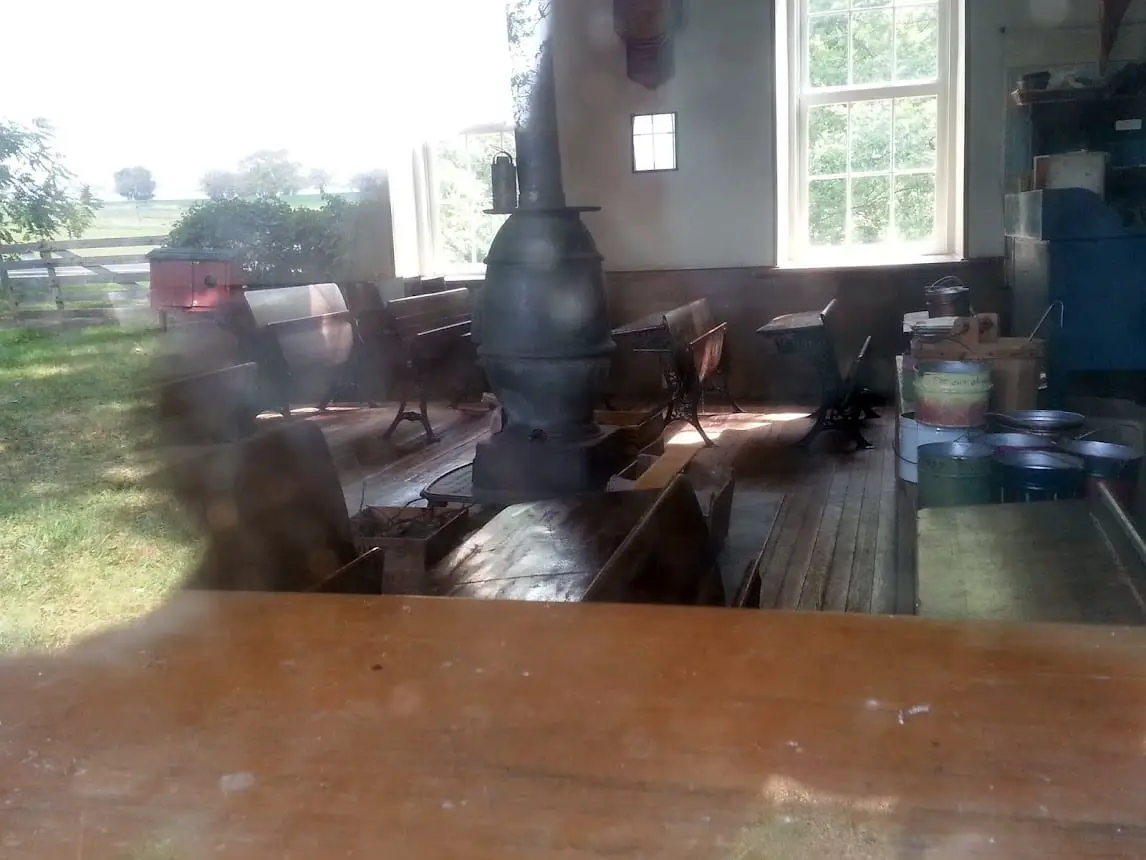
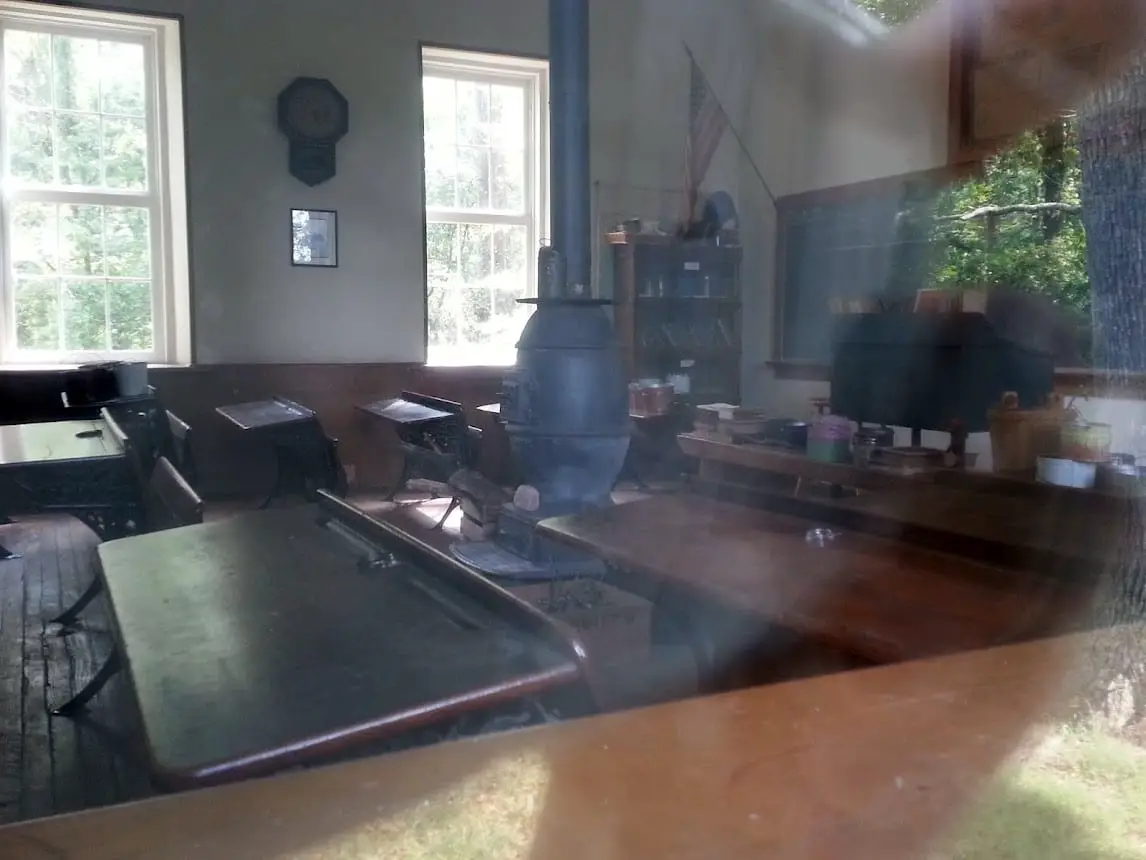
I wanted to see if there were any stories about the school in the old newspaper archives, and the only brief mention I came across was in the Baltimore Sun from June 11th, 1900. The Montgomery County School Commissioners had accepted a large number of public school resignations, and among them was Miss Viola L. Gilliss, the principal of Seneca School. The article also listed that the principal of Rockville High School made $750 per year, about $21,000 today.
According to the 1900 U.S. Census, Miss Gilliss was single and living at home with her family in the Potomac District of Montgomery County. She was born in 1875, making her 25 years old, and one of 15 children in the Gilliss family (only 12 survived into late adolescence and adulthood). Viola never married and after teaching, went off into a career at the Department of Agriculture. She lived out her final years in, dying at the age of 86 in September 1962.
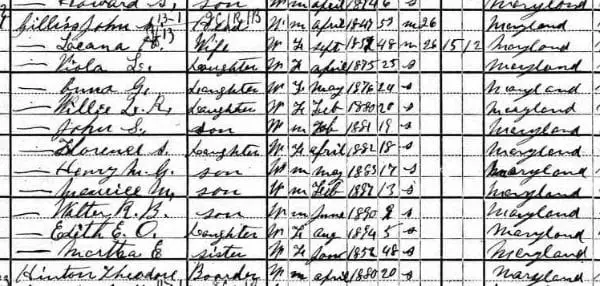
Another interesting fact is that the property directly across the road, Montevideo, was the former home of John Parke Custis Peter, the great grandson of Martha Washington. John’s mother, Martha Parke Custis Peter, was born in the Blue Room at Mount. Vernon.
The Historic Medley District is an organization dedicated to preserving the historic integrity of western Montgomery County. Check them out and drive out to see this schoolhouse (16800 River Rd., Poolesville, MD). Take your kids. It’s fascinating.
